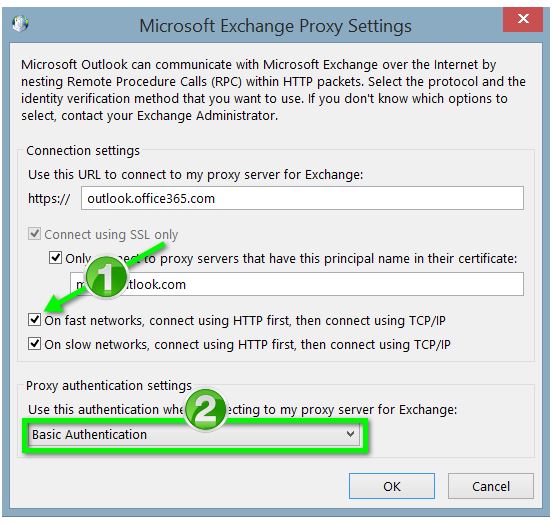
You also must make sure you have the proper permissions for accessing the mailboxes that you want to migrate over to Office 365 (Domain Admins group members have these permissions). You’ll need to configure Outlook Anywhere on the Exchange server and verify that you can connect through it. There are several preparatory actions you need to take before connecting Office 365 to the on-premise Exchange server.

If you’re still running Exchange 2007, it’s a little more complicated. I discussed how to use this wizard in my series titled Saying Goodbye to On-premises Exchangeover on. If you’re running Exchange 2010 or 2013, the Hybrid Deployment Configuration Wizard makes it easy. There are a number of preparatory actions that you need to complete prior to connecting your on-premise Exchange server to Office 365.

This means you’ll connect Office 365 to your on-premise email system and then gradually move user mailboxes over to the cloud. More and more organizations are taking the plunge and migrating their on-premise Exchange mail systems to the cloud, but in many cases, rather than move everything all at once, it makes more sense to set up a hybrid configuration so that you can do a staged migration.


 0 kommentar(er)
0 kommentar(er)
